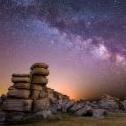-
Posts
4,567 -
Joined
-
Last visited
-
Days Won
3
➕👇 ꓤꓱꓷꓠꓵ🎵Tone's Achievements
-
 ➕👇 ꓤꓱꓷꓠꓵ🎵Tone reacted to a post in a topic:
GB 2025 Update #4
➕👇 ꓤꓱꓷꓠꓵ🎵Tone reacted to a post in a topic:
GB 2025 Update #4
-
 ➕👇 ꓤꓱꓷꓠꓵ🎵Tone reacted to a post in a topic:
GB 2025 Update #4
➕👇 ꓤꓱꓷꓠꓵ🎵Tone reacted to a post in a topic:
GB 2025 Update #4
-
 ➕👇 ꓤꓱꓷꓠꓵ🎵Tone reacted to a post in a topic:
GB 2025 Update #4
➕👇 ꓤꓱꓷꓠꓵ🎵Tone reacted to a post in a topic:
GB 2025 Update #4
-

James Webb Space Telescope (JWST)
➕👇 ꓤꓱꓷꓠꓵ🎵Tone replied to ➕👇 ꓤꓱꓷꓠꓵ🎵Tone's topic in Science & the Environment
Feast your eyes on the shortlisted pics for the 2025 ZWO Astronomy Photographer of the Year Awards (photos) By Anthony Wood published 22 hours ago The winners will be announced during a ceremony in September. Behold! The 2025 ZWO Astronomy Photographer of the Year Awards shortlist has been released, showcasing a spectacular array of astrophotography images ranging from solar prominences and auroras to distant galaxies and beguiling nebulas... For the past 17 years, the Royal Observatory Greenwich — supported by astronomy camera maker ZWO — has called on the global photography community to compete in an open competition celebrating the majesty and variety of our night sky. The 2025 competition saw photographers from 69 countries submit over 5,500 entries to compete in a plethora of diverse categories to gain recognition and, naturally, prize money. The overall winner of the ZWO Astronomy Photographer of the year will bag a £10,000 (about $13,560 U.S.) grand prize, while the photographers who come out on top in each individual category receive £1,500 (about $2,030 U.S.) for their valiant efforts. [ED: Over 10 categories with scores of entries. It's a feast for the eyes.] See photo submissions and full article here: https://www.space.com/stargazing/feast-your-eyes-on-the-shortlisted-pics-for-the-2025-zwo-astronomy-photographer-of-the-year-awards-photos#viafoura-comments Pic Description: The Andromeda Galaxy (M31) can be seen shining with the light of countless stars and nebulas in this image taken from the Tibetan Autonomous Prefecture in Sichuan, China in late 2024. It took around 216 hours to capture the ancient light used in the creation of the image, which shows the bright central bulge and spiral arms of the Milky Way's closest galactic neighbor in phenomenal detail. -

James Webb Space Telescope (JWST)
➕👇 ꓤꓱꓷꓠꓵ🎵Tone replied to ➕👇 ꓤꓱꓷꓠꓵ🎵Tone's topic in Science & the Environment
Whooo's there? James Webb telescope spots 'Cosmic Owl,' A super-rare structure formed from colliding ring galaxies By Abha Jain published July 9, 2025 Located billions of light-years away, the "Cosmic Owl" is a pair of colliding ring galaxies spotted by the JWST. It's also an "exceptional natural laboratory" for studying how galaxies evolve. Whoooooo's there? Just a "Cosmic Owl," the latest strange discovery from the James Webb Space Telescope (JWST). A new study using JWST data has helped scientists spot an owl-faced object peering out at us from billions of light-years away. Formed through the extremely unusual collision of two rare ring galaxies, the structure also serves as a natural laboratory where researchers can study many of the processes accompanying the evolution of galaxies... Ring galaxies are pretty rare, accounting for just 0.01% of all galaxies discovered so far. Even rarer, though, is a pair of ring galaxies detected when colliding — exactly what the "Cosmic Owl" is, as described June 11 in a preprint posted to arXiv. The paper has yet to be peer-reviewed, but the object has already been confirmed by another team that independently detected the same collision — which they dubbed the "Infinity galaxy" in a paper posted to arXiv June 19. Full Article: https://www.livescience.com/space/astronomy/whooos-there-james-webb-telescope-spots-cosmic-owl-super-rare-structure-formed-from-colliding-ring-galaxies Pic Description: The "Cosmic Owl," as photographed by the James Webb Space Telescope. Each "eye" is an active galactic nucleus, and the "beak" is a nursery of stars. (Image credit: Li et al.) -

James Webb Space Telescope (JWST)
➕👇 ꓤꓱꓷꓠꓵ🎵Tone replied to ➕👇 ꓤꓱꓷꓠꓵ🎵Tone's topic in Science & the Environment
Hubble Snaps Galaxy Cluster’s Portrait NASA Hubble Mission Team - July 11, 2025 A massive, spacetime-warping cluster of galaxies is the setting of today’s NASA/ESA Hubble Space Telescope image. The galaxy cluster in question is Abell 209, located 2.8 billion light-years away in the constellation Cetus (the Whale). This Hubble image of Abell 209 shows more than a hundred galaxies, but there’s more to this cluster than even Hubble’s discerning eye can see. Abell 209’s galaxies are separated by millions of light-years, and the seemingly empty space between the galaxies is filled with hot, diffuse gas that is visible only at X-ray wavelengths. An even more elusive occupant of this galaxy cluster is dark matter: a form of matter that does not interact with light. Dark matter does not absorb, reflect, or emit light, effectively making it invisible to us. Astronomers detect dark matter by its gravitational influence on normal matter. Astronomers surmise that the universe is comprised of 5% normal matter, 25% dark matter, and 70% dark energy... Full Article: https://science.nasa.gov/missions/hubble/hubble-snaps-galaxy-clusters-portrait/ -

James Webb Space Telescope (JWST)
➕👇 ꓤꓱꓷꓠꓵ🎵Tone replied to ➕👇 ꓤꓱꓷꓠꓵ🎵Tone's topic in Science & the Environment
NASA's Webb Scratches Beyond Surface of Cat's Paw for 3rd Anniversary July 10, 2025 10:00am Release ID: 2025-129 Summary What lies within a toe bean? According to NASA’s James Webb Space Telescope, mini toe beans composed of gas, dust, and stars. Since the start of its science operations in July 2022, the James Webb Space Telescope has amazed scientists and the public alike with its ability to peer farther into the cosmos than ever before. With each infrared-light observation, the telescope continues to reveal aspects of the universe previously unknown to us. To mark its third year of highly productive science, astronomers used Webb to scratch beyond the surface of the Cat’s Paw Nebula (NGC 6334), a massive, local star-forming region. This near-infrared view, which shows a portion of a singular “toe bean,” reveals a subset of mini toe bean-reminiscent structures composed of gas, dust, and young stars. Full Article: https://webbtelescope.org/contents/news-releases/2025/news-2025-129 Pic Description: With its near-infrared capabilities and sharp resolution, the telescope “clawed” back a portion of a singular “toe bean,” revealing a subset of mini toe bean-reminiscent structures composed of gas, dust, and young stars. Webb’s view reveals a chaotic scene still in development: Massive young stars are carving away at nearby gas and dust, while their bright starlight is producing a bright nebulous glow represented in blue. This is only a chapter in the region’s larger story. The disruptive young stars, with their relatively short lifespans and luminosity, will eventually quench the local star formation process. The Cat’s Paw Nebula is located approximately 4,000 light-years away in the constellation Scorpius. 1min 40s Video link: -

James Webb Space Telescope (JWST)
➕👇 ꓤꓱꓷꓠꓵ🎵Tone replied to ➕👇 ꓤꓱꓷꓠꓵ🎵Tone's topic in Science & the Environment
Nearly 10 million alerts a night — Rubin Observatory rewrites cosmic surveillance by Beatriz T. July 7, 2025 It’s known as the largest digital camera in the world, with 3.2 gigapixels. Just to give you an idea, each image is so detailed that it would require 400 TV screens to display in real size. And the best part of all this is that when we compare recent images with a “background model” built in the first months of operation, the system identifies everything that changes, that is, the emergence of supernovae, the movement of asteroids, and variations in the brightness of stars are detected. The result? A daily tsunami of data, with around 10,000 changes detected per image, totaling up to 10 million alerts per night... Okay, so how do you handle all this data? Let’s face it, all this power would be useless without easy access to the data. That’s why Rubin was designed from the beginning to run in the cloud. How so? Well, the Rubin Science Platform allows any scientist to access, query, and analyze data directly over the web. The best part is that the heavy processing is done on the servers, and the user can interact with the data without needing a supercomputer. And the positive points go beyond that: the alert system is completely public and in real-time. The expectation is that the data will also feed open platforms such as Zooniverse, as well as educational materials for use in schools. The goal here is to truly democratize astronomy. It is no wonder that we are already looking forward to his discovery of planet nine. Read more: https://www.ecoticias.com/en/10-million-alerts-rubin-observatory/17371/#google_vignette -

James Webb Space Telescope (JWST)
➕👇 ꓤꓱꓷꓠꓵ🎵Tone replied to ➕👇 ꓤꓱꓷꓠꓵ🎵Tone's topic in Science & the Environment
NASA’s Hubble and Webb Telescopes Reveal Two Faces of a Star Cluster Duo NASA Mission Team July 07, 2025 Open clusters NGC 460 and NGC 456 reside in the Small Magellanic Cloud, a dwarf galaxy orbiting the Milky Way. Open clusters consist of anywhere from a few dozen to a few thousand young stars loosely bound together by gravity. These particular clusters are part of an extensive complex of star clusters and nebulae that are likely linked to one another. As clouds of gas collapse, stars are born. These young, hot stars expel intense stellar winds that shape the nebulae around them, carving out the clouds and triggering other collapses, which in turn give rise to more stars. In these images, Hubble’s view captures the glowing, ionized gas as stellar radiation blows “bubbles” in the clouds of gas and dust (blue), while Webb’s infrared vision highlights the clumps and delicate filamentary structures of dust (red). In Hubble images, dust is often seen silhouetted against and blocking light, but in Webb’s view, the dust – warmed by starlight – shines with its own infrared glow. This mixture of gas and dust between the universe’s stars is known as the interstellar medium. Read more: https://share.google/WxWiuPfN26Q6k1pW9 Pic Descriptions: Hubble’s view captures visible light and some infrared wavelengths, while Webb’s view is exclusively infrared. The nebulae’s glowing gas, ionized by the radiation of nearby stars, is distinct in Hubble’s view. Dusty areas that appear dark in the Hubble image are visible as bright structures in the Webb image, and more background galaxies are visible since infrared light from fainter and farther galaxies can pass through the obscuring clouds of gas and dust. Clouds of ionized gas dominate open cluster NGC 460 in the Hubble image (left), while tendrils of dust are on display in the Webb image (right). Together, the two images provide a more comprehensive look at the region. On the left is a Hubble image of NGC 460, a round, bubble-shaped bluish cloud of gas and dust. On the right is a Webb telescope image of NGC 460, showing a cavern-like outline of red filaments of dust. Both are studded with stars. The Hubble image of NGC 456 (left) shows a puffy, bluish cloud of ionized gas, while the Webb image (right) displays the same cluster’s cavern-like outline of dust. -
Sandy466 started following ➕👇 ꓤꓱꓷꓠꓵ🎵Tone
-

James Webb Space Telescope (JWST)
➕👇 ꓤꓱꓷꓠꓵ🎵Tone replied to ➕👇 ꓤꓱꓷꓠꓵ🎵Tone's topic in Science & the Environment
NASA Webb 'Pierces' Bullet Cluster, Refines Its Mass June 30, 2025 10:00am Release ID: 2025-128 Summary Webb shows fainter and more distant galaxies, along with light from stars that trace dark matter in these galaxy clusters, helping researchers carefully map everything in the scene. It’s rare for galaxy clusters to collide and merge at high speeds. An iconic example is the Bullet Cluster, the aftermath of two vast galaxy clusters that collided. To be able to “replay” what happened, and in which order, researchers need to first fully define all the contents in this scene. Full Article: https://webbtelescope.org/contents/news-releases/2025/news-2025-128 Pic Description: This is the central region of the Bullet Cluster, which is made up of two massive galaxy clusters. The vast number of galaxies and foreground stars in the image were captured by NASA’s James Webb Space Telescope in near-infrared light. Glowing, hot X-rays captured by NASA’s Chandra X-ray Observatory appear in pink. The blue represents the dark matter, which was precisely mapped by researchers with Webb’s detailed imaging. Normally, gas, dust, stars, and dark matter are combined into galaxies, even when they are gravitationally bound within larger groups known as galaxy clusters. The Bullet Cluster is unusual in that the intracluster gas and dark matter are separated, offering further evidence in support of dark matter. [ED There's also a video comparing Webb to Hubble view in the main article.] -

James Webb Space Telescope (JWST)
➕👇 ꓤꓱꓷꓠꓵ🎵Tone replied to ➕👇 ꓤꓱꓷꓠꓵ🎵Tone's topic in Science & the Environment
Hubble Captures an Active Galactic Center Jun 27, 2025 The light that the NASA/ESA Hubble Space Telescope collected to create this image reached the telescope after a journey of 250 million years. Its source was the spiral galaxy UGC 11397, which resides in the constellation Lyra (The Lyre). At first glance, UGC 11397 appears to be an average spiral galaxy: it sports two graceful spiral arms that are illuminated by stars and defined by dark, clumpy clouds of dust. What sets UGC 11397 apart from a typical spiral lies at its center, where a supermassive black hole containing 174 million times the mass of our Sun grows. As a black hole ensnares gas, dust, and even entire stars from its vicinity, this doomed matter heats up and puts on a fantastic cosmic light show. Thick clouds of dust hide much of this energetic activity from view in optical light. Despite this, UGC 11397's actively growing black hole was revealed through its bright X-ray emission — high-energy light that can pierce the surrounding dust. This led astronomers to classify it as a Type 2 Seyfert galaxy, a category used for active galaxies whose central regions are hidden from view in visible light by a donut-shaped cloud of dust and gas. https://share.google/ZpUL9ggytoVwFYAbC -

James Webb Space Telescope (JWST)
➕👇 ꓤꓱꓷꓠꓵ🎵Tone replied to ➕👇 ꓤꓱꓷꓠꓵ🎵Tone's topic in Science & the Environment
Hello, neighbor! See the Andromeda galaxy like never before in stunning new image from NASA's Chandra telescope. By Robert Lea 2 days ago [Nice 3 min 26 sec video] Created as a tribute to dark matter pioneer Vera Rubin, the image was created with the aid of a vast array of telescopes. The galaxy next door to the Milky Way, Andromeda, has never looked as stunning as it does in a new image from NASA's Chandra X-ray space telescope. The image of the galaxy, also known as Messier 31 (M31), was created with assistance from a range of other space telescopes and ground-based instruments... As the closest large galaxy to the Milky Way, at just around 2.5 million light-years away, Andromeda has been vital in allowing astronomers to study aspects of galaxies that aren't accessible from our own galaxy. For example, from inside the Milky Way, we can't see our galaxy's spiral arms, but we can see the spiral arms of Andromeda! Full Article: https://www.space.com/astronomy/hello-neighbor-see-the-andromeda-galaxy-like-never-before-in-stunning-new-image-from-nasas-chandra-telescope-video -

James Webb Space Telescope (JWST)
➕👇 ꓤꓱꓷꓠꓵ🎵Tone replied to ➕👇 ꓤꓱꓷꓠꓵ🎵Tone's topic in Science & the Environment
[ED: Technically not "WEBB", but pretty interesting imho.] Solar Orbiter, a joint mission between NASA and the European Space Agency, is revealing the first-ever views of the sun's south pole. These never-before-seen images offer scientists a chance to better understand our star and its effects on Earth. https://www.cnn.com/2025/06/17/science/video/solar-orbiter-first-images-sun-south-pole-digvid 1min 30sec Video link: -

James Webb Space Telescope (JWST)
➕👇 ꓤꓱꓷꓠꓵ🎵Tone replied to ➕👇 ꓤꓱꓷꓠꓵ🎵Tone's topic in Science & the Environment
NASA's Webb Digs into Structural Origins of Disk Galaxies June 26, 2025 10:00am Release ID: 2025-121 Summary Scientists “excavated” disk galaxies across cosmic time to understand their formation history. Disk galaxies, like our own Milky Way galaxy, commonly consist of both a thick and thin disk of stars — each with different features, including stellar population and movement. Three major theoretical scenarios have been proposed to explain the formation mechanisms and timing of thick and thin disks. A team of astronomers has recently investigated the structure of disk galaxies by sifting through multiple surveys from NASA’s James Webb Space Telescope. This extensive sample includes over 100 edge-on disk galaxies up to roughly 11 billion years ago. The team’s analysis aligns with one of the three scenarios, suggesting that thick stellar disk formation occurs first, and thin stellar disk formation follows. When this happens in a galaxy’s formation history depends on the galaxy’s mass. Full Article: https://webbtelescope.org/contents/news-releases/2025/news-2025-121?utm_id Pic Description: Present-day disk galaxies often contain a thick, star-filled outer disk and an embedded thin disk of stars. Three major theoretical scenarios have been proposed by astronomers to explain how this dual-disk structure comes to be. Using archival data from the James Webb Space Telescope, a team of astronomers is closer to understanding disk galaxies’ origins, and the stellar thick- and thin-disk formation process. The team carefully identified, visually verified, and analyzed a statistical sample of more than 100 edge-on disk galaxies at various periods — up to 11 billion years ago (or approximately 2.8 billion years after the big bang). The results of their analysis suggest that galaxies form a thick disk first, followed by a thin disk. The timing of this process depends on a galaxy’s mass: high-mass, single-disk galaxies transitioned to two-disk structures around 8 billion years ago, while low-mass, single-disk galaxies formed their thin disks about 4 billion years ago. Link: https://stsci-opo.org/STScI-01JXX24CYFPGSG7YYXCTV7E7QD.png -

James Webb Space Telescope (JWST)
➕👇 ꓤꓱꓷꓠꓵ🎵Tone replied to ➕👇 ꓤꓱꓷꓠꓵ🎵Tone's topic in Science & the Environment
A [1 min] video was also revealed, which offers a unique perspective of what LSST is capable of: This is just the start of what we will see from LSST and the Vera C. Rubin Observatory. Later this year, it will kick off a decade-long survey, which the team is calling the "ultimate movie of the night sky." The Rubin Observatory will scan the sky repeatedly over the course of a decade, resulting in an ultra-wide, ultra-high-definition time-lapse of our Universe. The survey will involve observations of about 40 billion stars, galaxies and other celestial objects. Each object will be checked hundreds of times, resulting in 60 petabytes of raw data, which the Rubin Observatory says is "more data than everything that's ever been written in any language in human history." -

James Webb Space Telescope (JWST)
➕👇 ꓤꓱꓷꓠꓵ🎵Tone replied to ➕👇 ꓤꓱꓷꓠꓵ🎵Tone's topic in Science & the Environment
More from Vera Within just 10 hours, the Rubin Observatory already revealed new discoveries, including 2104 asteroids. The team says that it will be able to discover millions of new asteroids within the first two years of the Legacy Survey of Space and Time, compared to 20,000 asteroids discovered annually by all other ground and space-based observatories. You can see all of the asteroids in the short video below. https://m.dpreview.com/news/7841694397/rubin-observatory-shares-the-first-look-from-the-world-s-biggest-camera [Approx 1min video showing discoveries - still below showing: 1. 2,000 new discoveries; 2. Slice of heavens explored] -

James Webb Space Telescope (JWST)
➕👇 ꓤꓱꓷꓠꓵ🎵Tone replied to ➕👇 ꓤꓱꓷꓠꓵ🎵Tone's topic in Science & the Environment
... "I just look at it and I think: what on Earth is going on there?" Dr Webster said. "I've never seen a galaxy that looks like that before." More images to come! The official unveiling happens at 1am (AEST) this Tuesday, June 24. If you are keen, you can watch the unveiling live on the telescope's website or rug up and go to a watch party in Melbourne, Sydney or Perth. [ED: See end of article for links]
➕👇 ꓤꓱꓷꓠꓵ🎵Tone last won the day on January 4
➕👇 ꓤꓱꓷꓠꓵ🎵Tone had the most liked content!
About ➕👇 ꓤꓱꓷꓠꓵ🎵Tone

Member's Public Information
-
Gender
Brother
-
First Name
Tony
-
Relationship Status
Married 45+ years
-
Displayed Location
Downunder
-
Publisher
Reg Pio
-
Baptized
1972
How I Found the Truth
-
How I found the Truth
Raised
My Hobbies & Interests
-
My Interests
More academic than physical
-
My favorite books
Sci-fi
-
My favorite music
Instrumental
-
My favorite movies
Who-done-it & Rom-Com
-
My favorite quotes
Nothing can hurt the truth. 2 Cor 13:8
Recent Profile Visitors
The recent visitors block is disabled and is not being shown to other users.
About JWTalk.net - Jehovah's Witnesses Online Community
Since 2006, JWTalk has proved to be a well-moderated online community for real Jehovah's Witnesses on the web. However, our community is not an official website of Jehovah's Witnesses. It is not endorsed, sponsored, or maintained by any legal entity used by Jehovah's Witnesses. We are a pro-JW community maintained by brothers and sisters around the world. We expect all community members to be active publishers in their congregations, therefore, please do not apply for membership if you are not currently one of Jehovah's Witnesses.

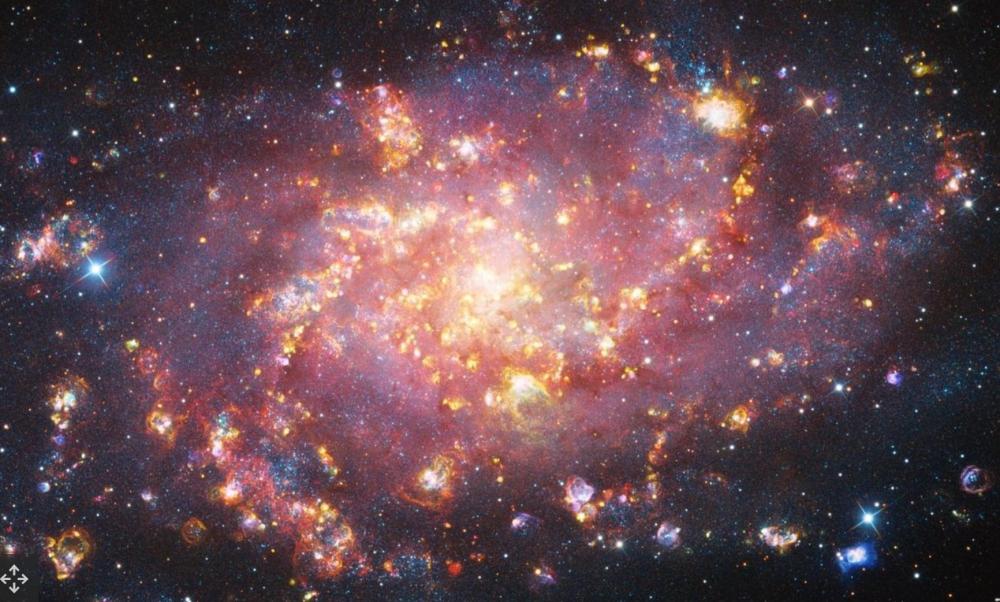

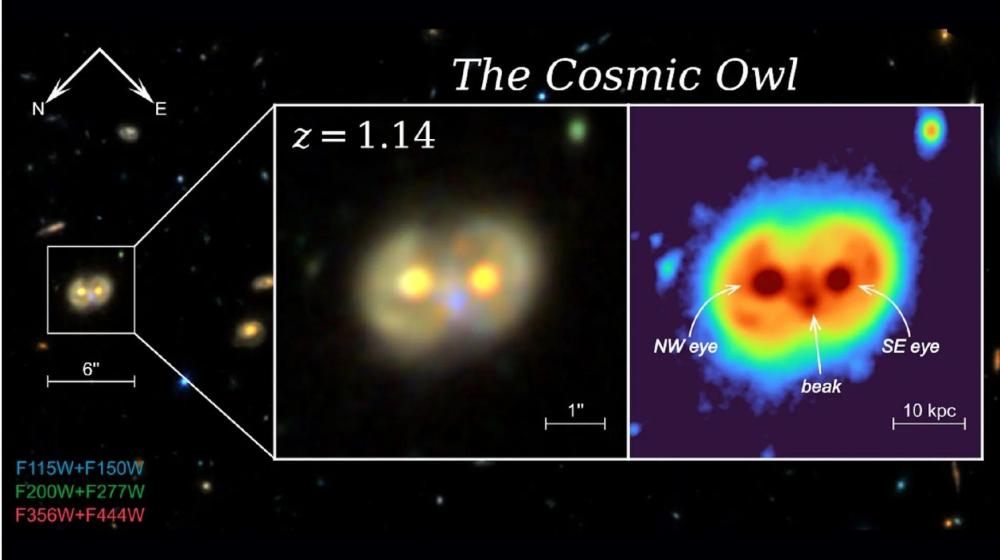


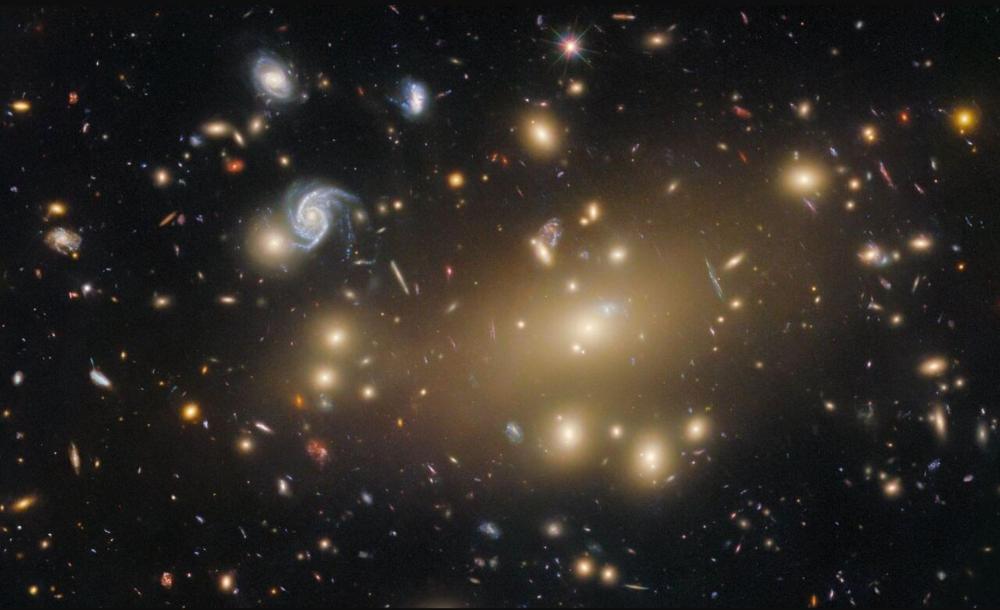
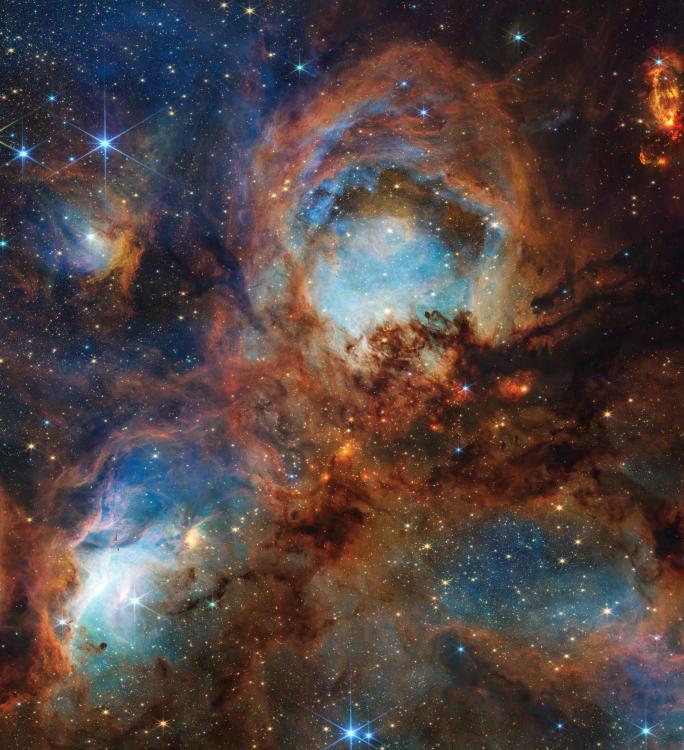

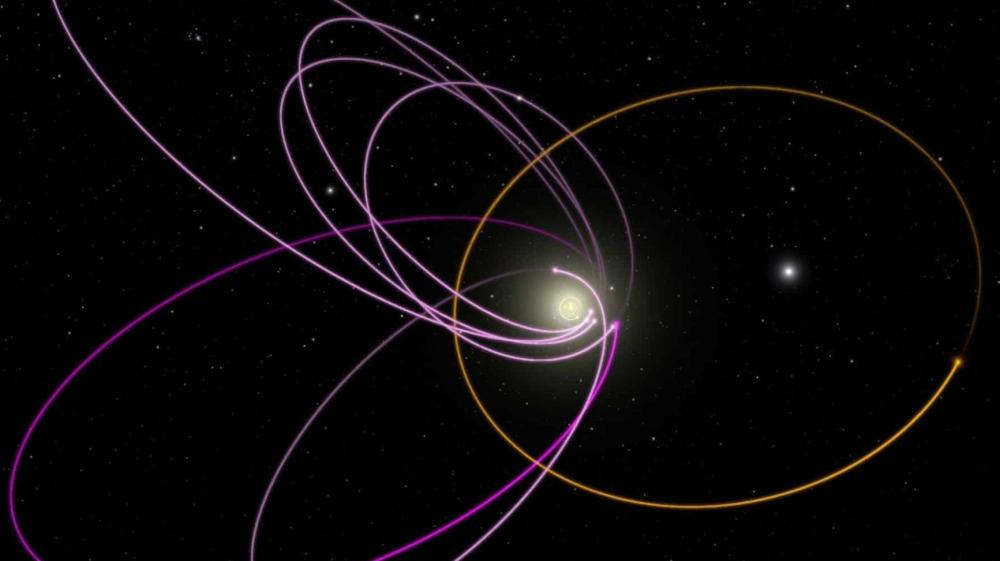
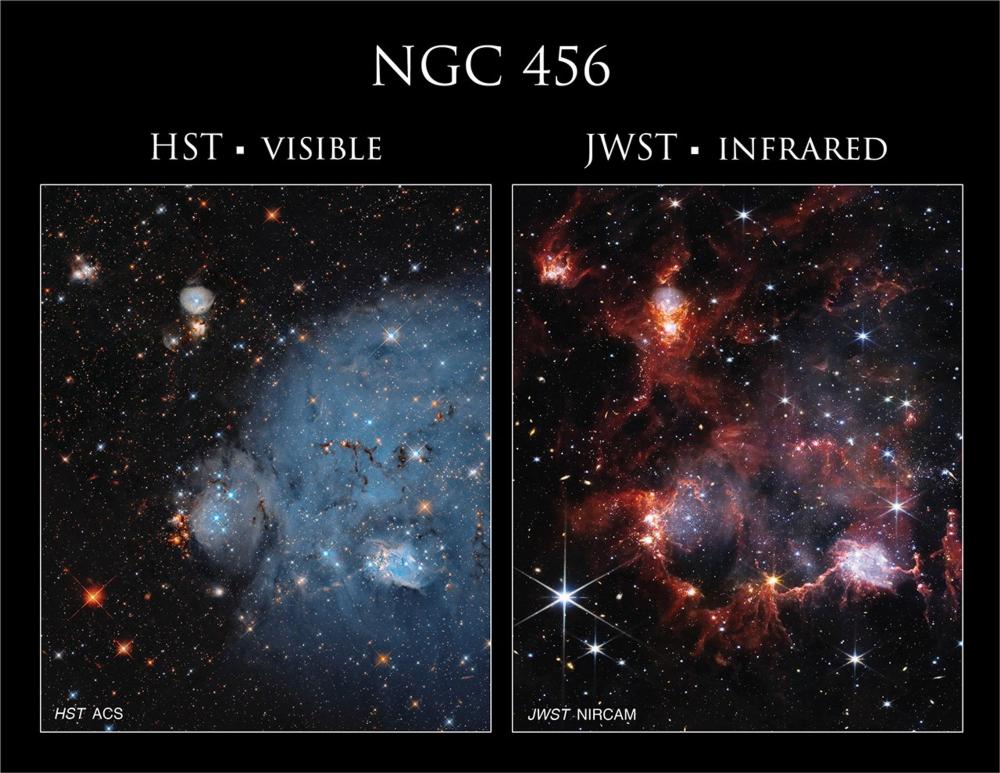
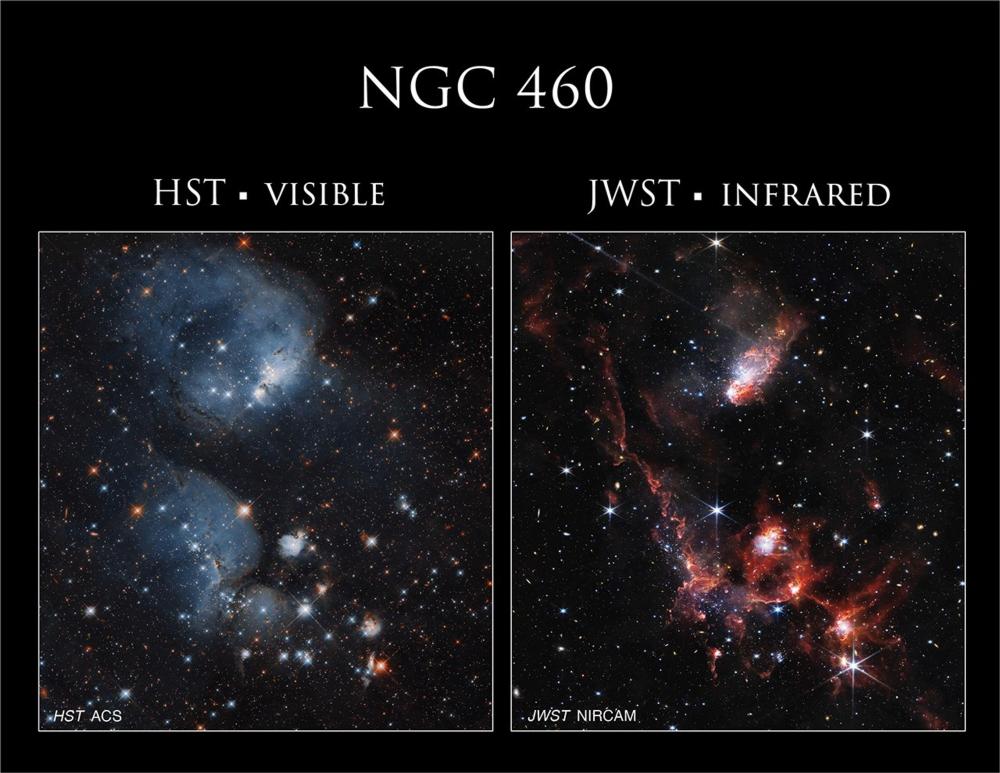
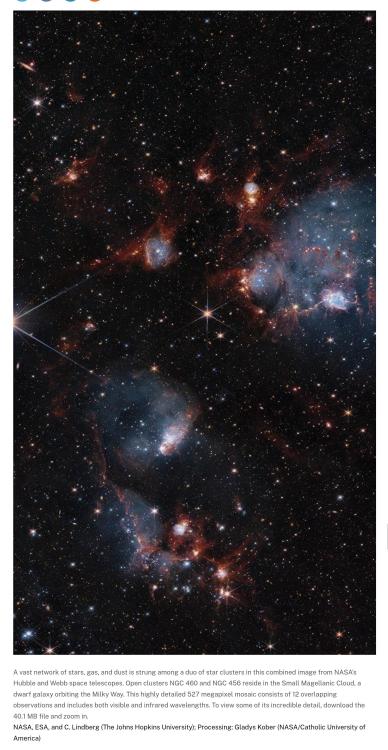
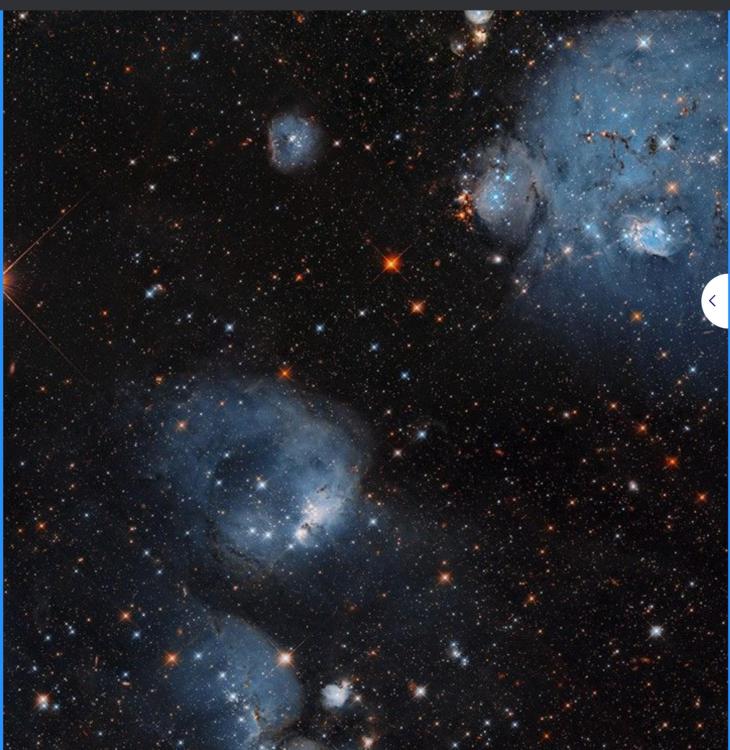
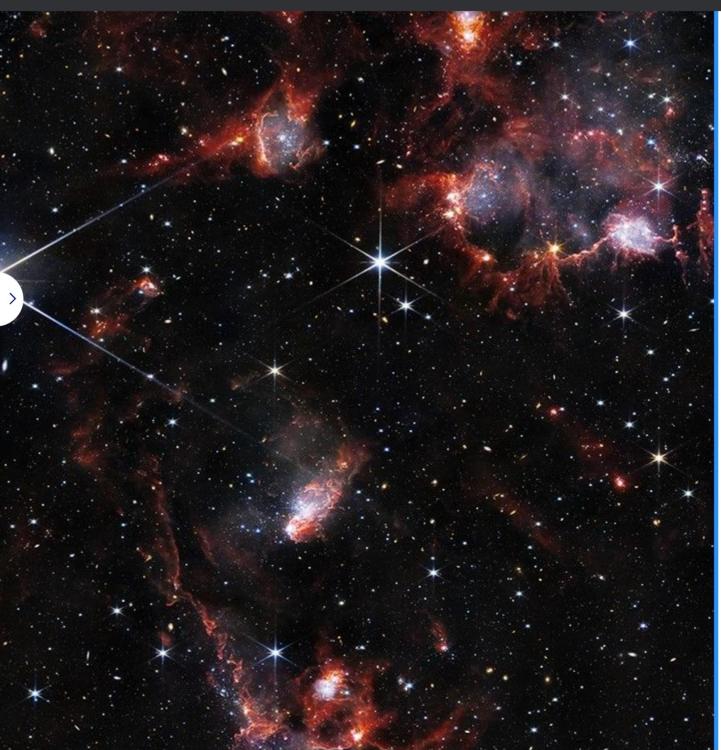
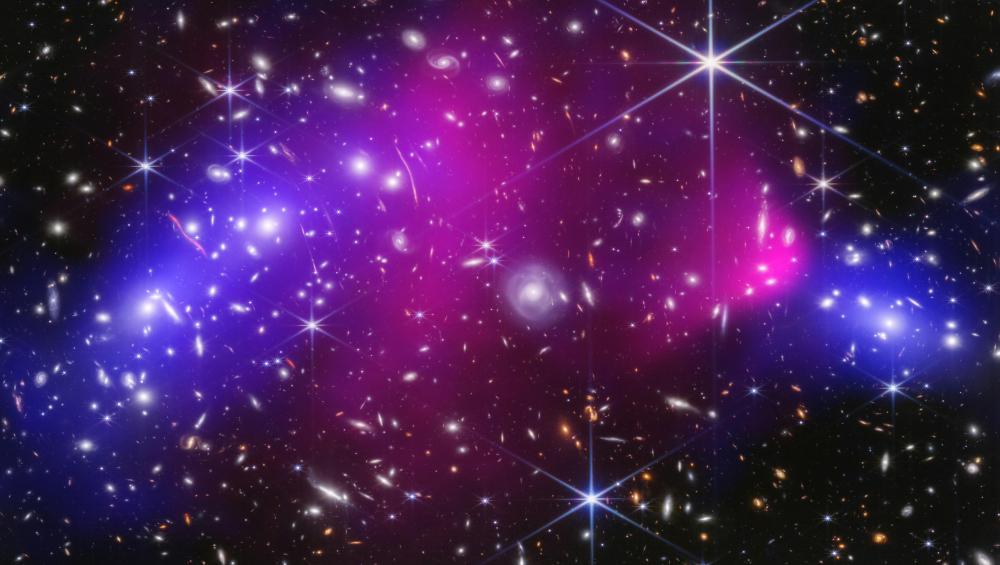
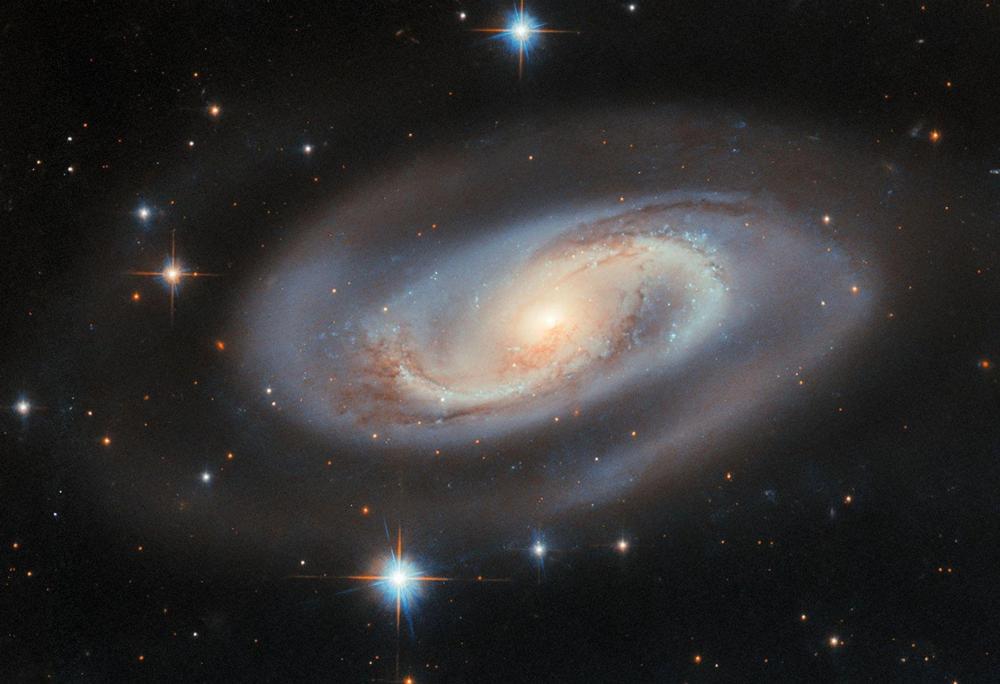
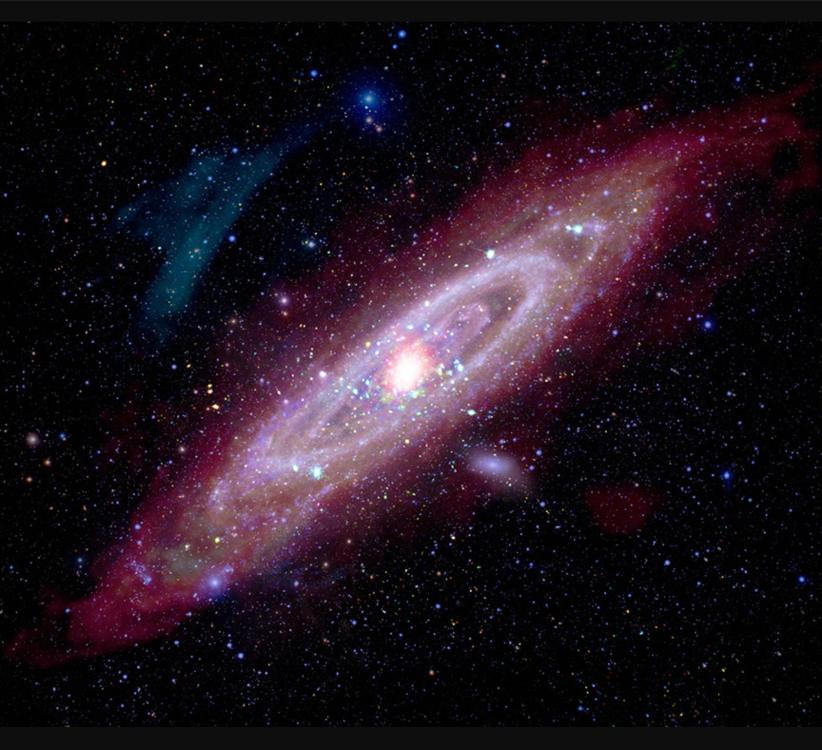
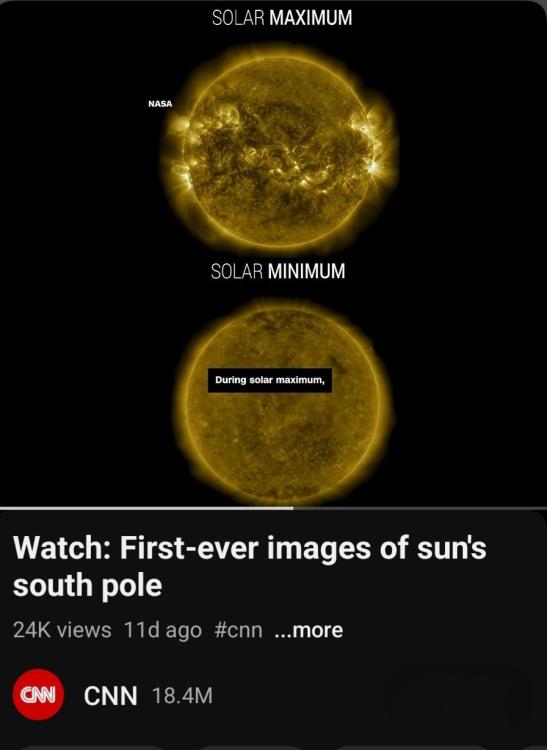
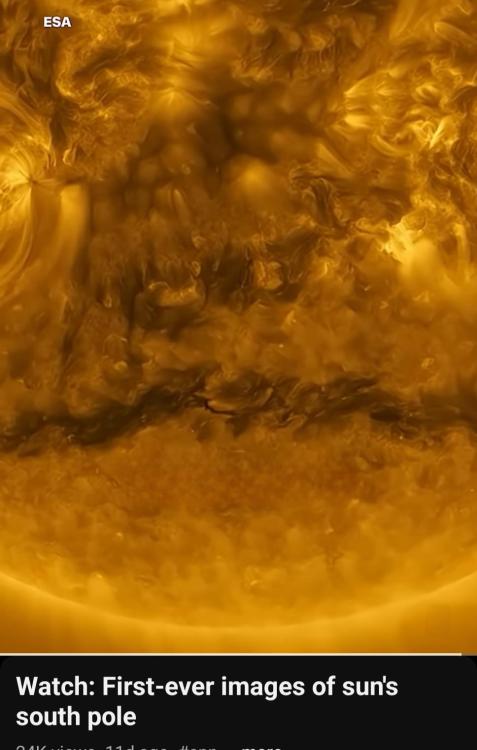
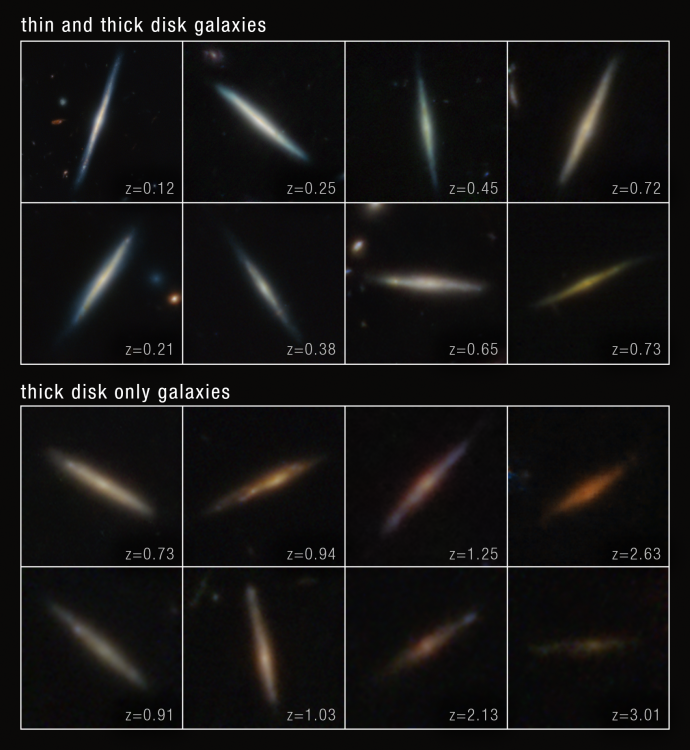
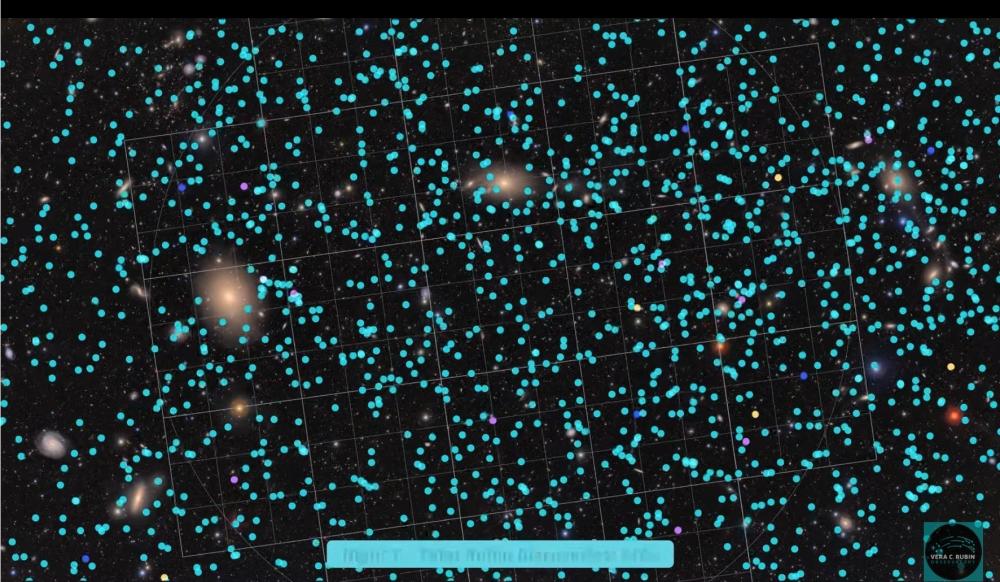
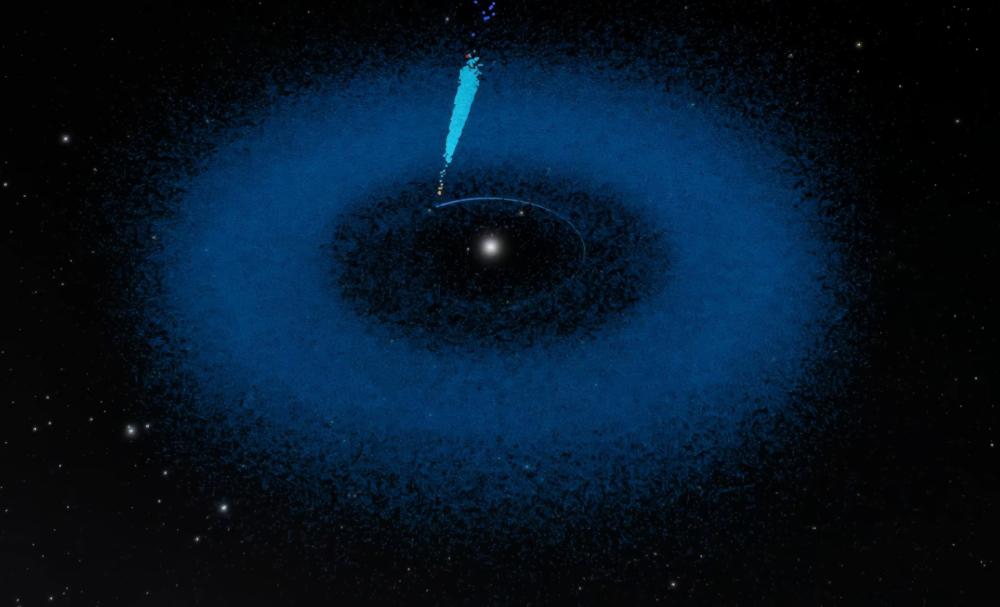

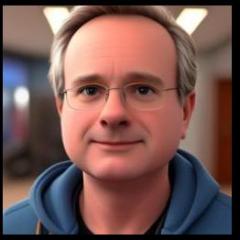


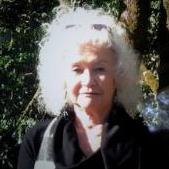

(215x383).thumb.jpg.9bd4aff9bfae6844ede1126a3b6e5e7c.jpg)

